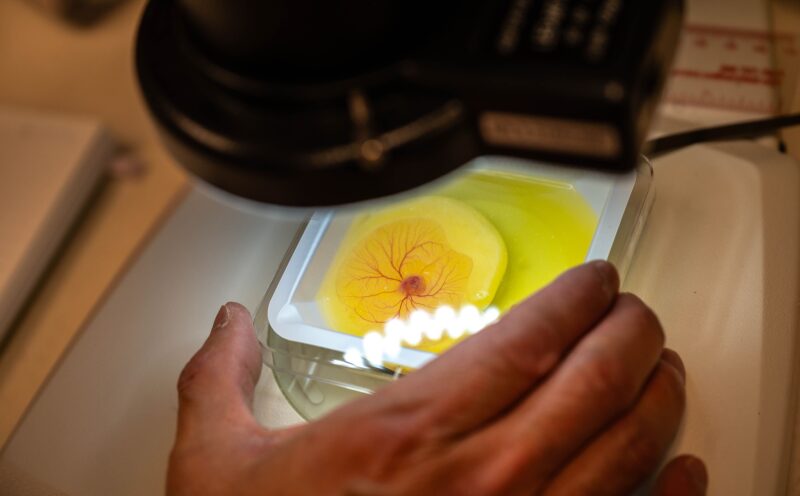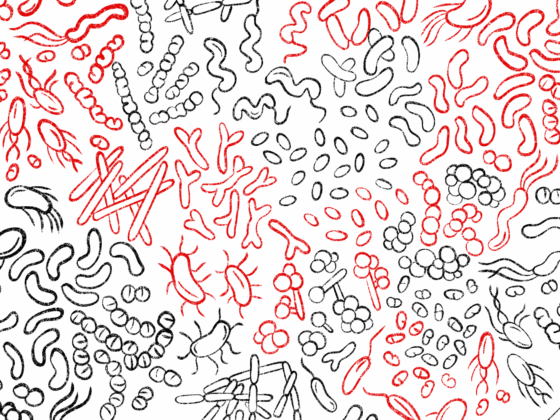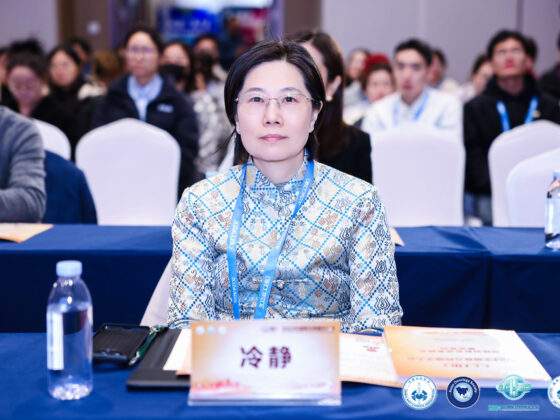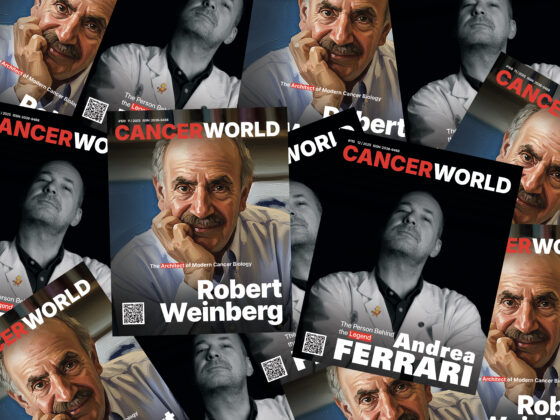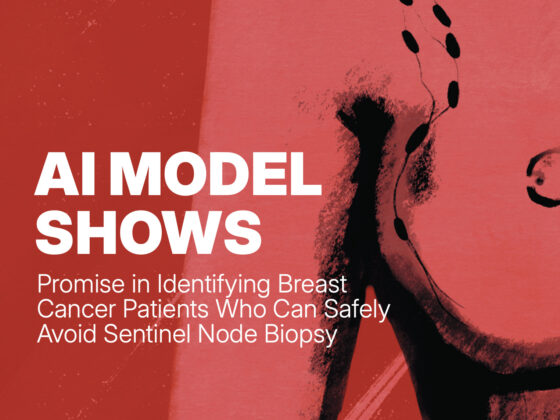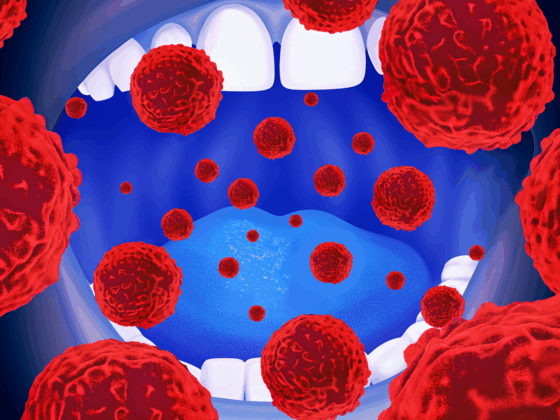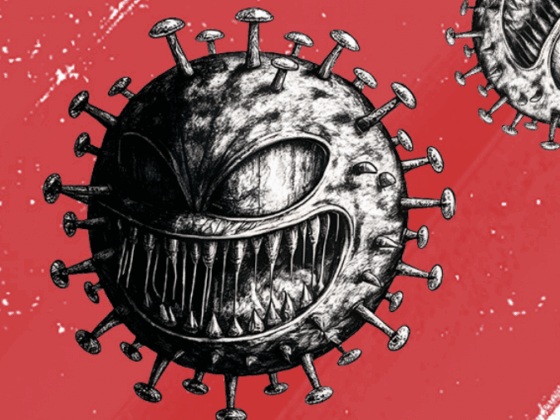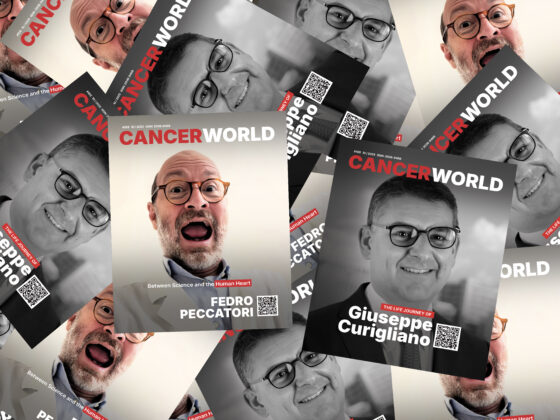A new, innovative pipeline fusing genomics, proteomics and modelling in animals and chicken eggs is pinpointing new treatments for children with rare and relapsed cancers in Canada.
Researchers in Canada have used fertilized chicken eggs to grow tumors from children with high-risk and relapsed cancers, allowing them to test personalized therapy approaches.
The study, published in EMBO Molecular Medicine, combines molecular and genetic analysis techniques and several types of modelling on samples from children with difficult-to-treat cancers who are running out of treatment options.
“The pipeline is really applicable to all pediatric cancers, but of course there is a specific need for rarer cancers in children,” said Philipp Lange, PhD, one of the corresponding authors of the paper and Associate Professor in the Department of Pathology and Laboratory Medicine, Faculty of Medicine, University of British Columbia in Vancouver.
The initial paper is part of an ongoing pan-Canadian study which aims to expand personalized medicine approaches particularly for children with rarer cancers in Canada.
“We are lacking standard treatments that are usually developed for bigger patient groups because there is a larger market and it’s also scientifically easier to develop treatments for bigger groups of patients,” Lange added.
In the study, the patient with spindle epithelial tumor with thymus-like elements (SETTLE) with metastases was ultimately prescribed antidepressant drug sertraline after the pipeline identified SHMT2 as a target for therapy.
After receiving sertraline, the patient showed decreased tumor growth rates, but with clinically progressive disease. However, the researchers stress the work is still in the early stages and proves the pipeline can be beneficial.
“Traditionally, precision oncology is done by genome sequencing, which has become reasonably standard over the last few years. But the predictions are not always right, patients don’t respond or have limited or temporary responses,” said Lange.
The team also looked at proteomics of the tumor, identifying dysregulated proteins to look for functional drug targets, combining this with the genomic analyses.
“We need to understand more about individual cancers, so we added another layer to our analyses. Most drugs actually interfere with cancer cells by acting on proteins, so we hypothesized that measuring proteins as well as genetic information would be very valuable,” said Lange.
The patients who are currently eligible for enrollment in the program either have high-risk disease at diagnosis, which is unlikely to be successfully treated by existing treatment regimens, or they have relapsed and are running out of treatment options.
Lange explains that eligible patients undergo a biopsy, then the sample is split to send for genome analysis, proteomics and to the modelling teams for live culture. Lange describes how the process in the case described in the EMBO journal article took around 2 months, but with refinement of the pipeline, he hopes this can be shortened to around a month.
“Our chicken egg model is particularly fast. We use a fertilized egg and put a piece of tumor on top, which then gets blood flow from the egg. This creates a very open and accessible model after just a couple of days with healthy tissue that our researchers can then use to test drugs,” said Lange.
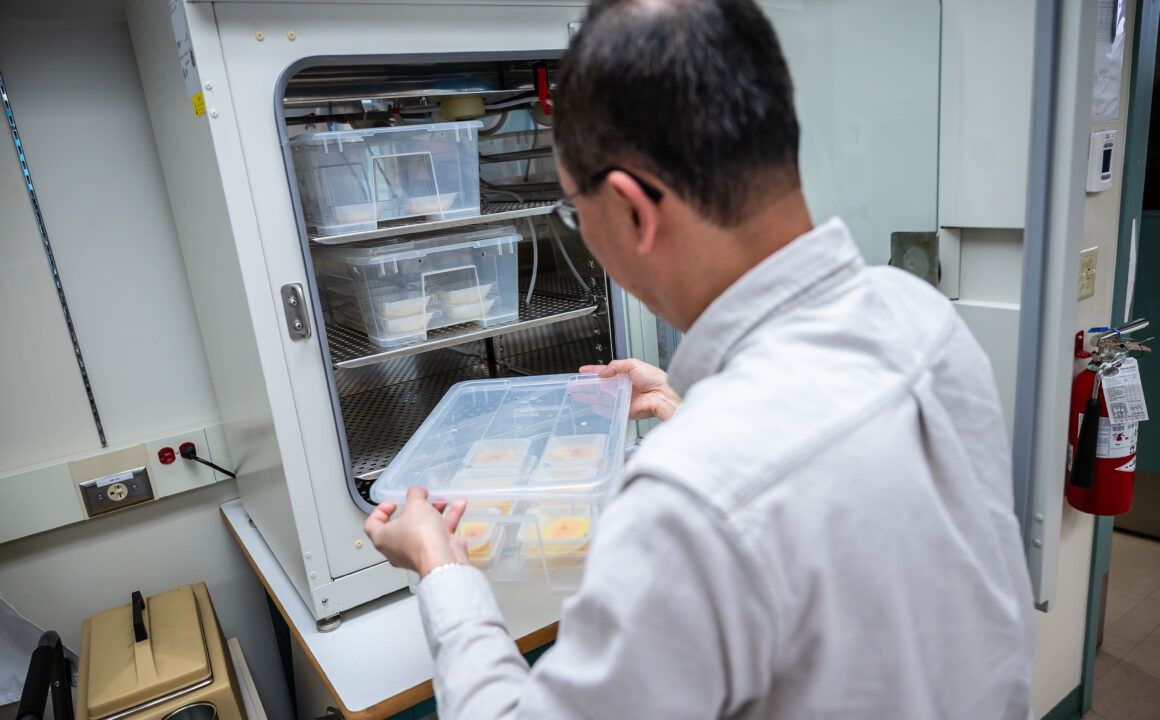
Conventionally, different tumor types from blood cancers to brain cancers require optimized and tightly regulated growth conditions, nutrients and sometimes “scaffolding” matrices comprised of complex cocktails of proteins to ensure they grow properly in the lab. But the chicken egg model seems to overcome many of these bespoke needs.
“This model has turned out to be quite universally applicable in supporting the growth of tumors,” said Lange.
The information from the molecular analyses and modelling, which can also include more traditional mouse and zebrafish models, is combined to present to a board of specialists. The board includes data analysts, oncologists and researchers to discuss whether any extra clinical tests should be done, or whether recommended drugs should be moved forward into patient care.
“It’s important to note all of this is done in a research context to provide additional information to be considered by the treating physician and family to make a decision together,” said Lange.
Currently, the analysis pipeline focuses on drugs that are approved in Canada for pediatric use already, and where there is an established access pathway, a “list of 20-30” agents, according to Lange. Wider drug screens are theoretically possible, but limited approvals and safety data in pediatric patients would make findings “virtually non-applicable” for children, according to Lange.
“In this case, the drug was already being used in a pediatric context, for depression, so it was more approachable in a short timeline,” said Lange, noting that the researchers are ultimately aiming for a one-month turnaround as the timeline is still too long for patients with more aggressive tumors.
Although the pipeline has so far focused on accessible, established drugs – Lange notes that the model can be adapted to investigate how tumors might respond to newer therapies such as immune checkpoint inhibitors and CAR T cells too.
“Anything where molecular pathways or surface knockers are indicative of a sensitivity to that treatment, we can incorporate. We’re currently looking at CAR T cell treatment for neuroblastoma using the chicken egg model,” said Lange.

